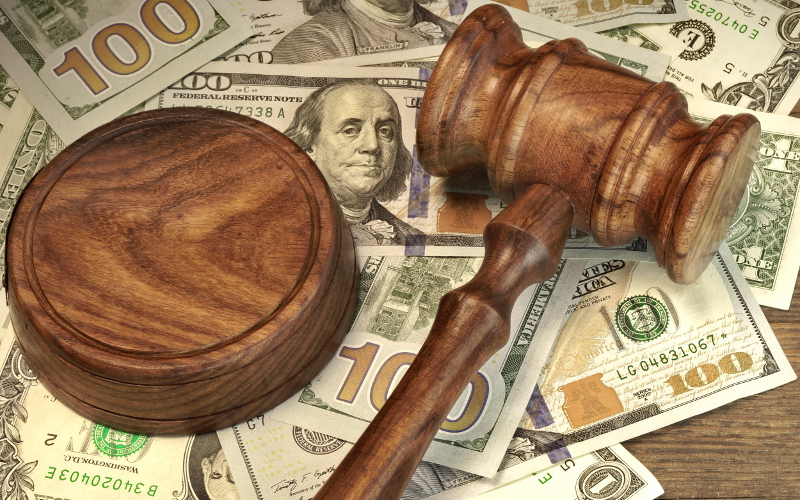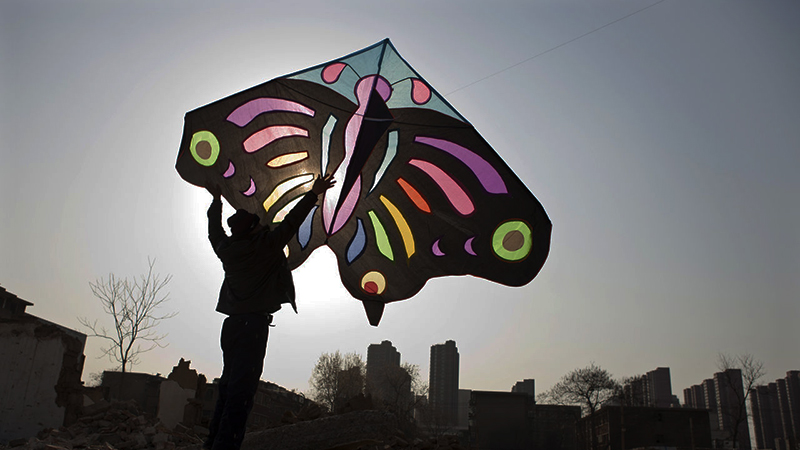The BioPharma Patent Cliff: 2023 and Beyond
A “patent cliff” refers to the end of IP protection for a drug that has enjoyed market exclusivity since its launch. Various types of regulatory exclusivity can occasionally lengthen the protection for drugs, but generally when a drug loses patent protection we begin seeing generic competitors on the market. Of course, the expected term of exclusivity for a drug can be unexpectedly lengthened or shortened based on the outcome of patent litigation, Patent & Trademark Office patent reviews, and delayed biosimilar or generic launches.
Between now and 2030, the biopharma sector is expected to be rocked by a number of high-profile patent cliffs that are likely to reshape the market in potentially unpredictable ways. For example, many estimates suggest that the largest biopharma companies—such as Bristol Myers Squibb, Pfizer, and Amgen—will see significant percentages of their revenues absorbed by competitors launching copycat products.
Throughout the remainder of this decade, patent cliffs will open the market to competition for numerous brand new drugs like Humira (AbbVie), Stelara (Johnson & Johnson), Xeljanz (Pfizer), Pomalyst (BMS), Revlimid (BMS), Trulicity (Lilly), Keytruda (Merck), and Opdivo (BMS), just to name a few.
Understandably, companies and investors want to know how soon this will affect them and the scale to which it will. For their part, brand name companies can attempt to minimize the impact of price erosion following a patent cliff (i) through innovation and development of newer products still enjoying market exclusivity, (ii) through transactions, strategic partnerships, and other alliances between companies, and (iii) strategic IP life-cycle management to extend protection to the extent possible.
In 2023, several top drugs are set to lose U.S. exclusivity as patents expire or settlements allow for generic entry.
Of the impending patent cliffs in 2023, the most talked about is likely that of Humira. AbbVie’s Humira is the world’s most successful drug in terms of sales, bringing in more than $20 billion in revenue in 2021. While Humira is facing a cliff of sorts, this loss of exclusivity is related to settlements rather than a conventional patent cliff. Richard Gonzalez, CEO of AbbVie, claims that Humira has patent coverage out to 2034, and this coverage via a so-called “patent thicket” has sparked criticism and litigation, with the latter resulting in AbbVie inking multiple biosimilar deals with competitors.
Starting in January 2023, Amgen will be the first competitor to produce a biosimilar of Humira thanks to a settlement reached between the parties in 2017, but this settlement is only the first. AbbVie has made deals with at least eight competitors, including Boehringer Ingelheim, Pfizer, Samsung Bioepis, Mylan, Sandoz, and others, which will allow these companies to follow closely on the heels of Amgen.
The entry of multiple Humira competitors to the market is expected to allow Merck’s Keytruda to dethrone Humira as the world’s most successful drug, and with at least five years left on the term of key patents protecting Keytruda, Merck may maintain the top spot for years to come. However, the details of the settlements between AbbVie and the companies poised to produce Humira biosimilars are unclear, but the terms will likely provide AbbVie with a softer landing than companies facing a more conventional patent cliff.
Both Johnson & Johnson (J&J) and Merck will also face patent cliffs in 2023. J&J’s Stelara, which is used to treat psoriasis, psoriatic arthritis, and Crohn’s disease, and Merck’s Type 2 diabetes drugs Januvia and Janumet will both lose IP protection this year, and the impact of this loss of exclusivity is difficult to predict. In general, small molecule drugs like Januvia and Janumet typically erode quickly following a generic entry, while biologic drugs usually retain a greater amount of market share even after a biosimilar hits the market. This is likely because biosimilars are difficult to make and, as a result, there are usually fewer competitors. Indeed, despite facing a patent cliff for its anti-TNFα antibody, Remicade, back in 2016, J&J was able to maintain the vast majority of market share (so much so that Pfizer sued J&J for anticompetitive deal making).
Other notable patent cliffs for 2023 include those for Takeda’s ADHD drug Vyvanse and Novo Nordisk’s Type 2 diabetes drug Victoza. Although Victoza will lose its primary patent protection in 2023, generics are not likely to launch until June 2024 according to Novo’s Securities and Exchange Commission (SEC) filings.
As a result of the patent cliffs in 2023 and beyond, there will be an increasing pressure on large biopharma companies to replenish their pipelines, regardless of whether that comes from in-house R&D or new partnerships and acquisitions. Although current estimates suggest that more sales are at risk from upcoming patent expirations than are expected to be generated from new products, large biopharma companies may still be able to offset some of the resulting shortfalls and price erosion. In particular, the remainder of the decade is likely to see an uptick in new business development, strategic transactions, and a pursuit of new indications for existing drugs.







